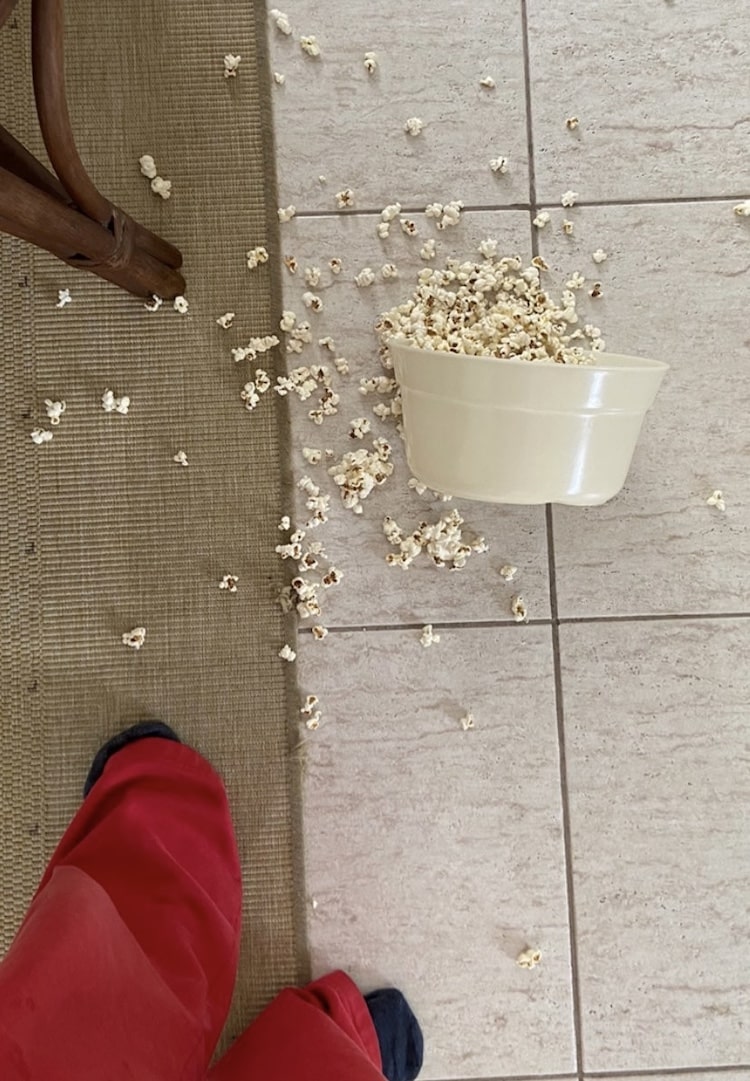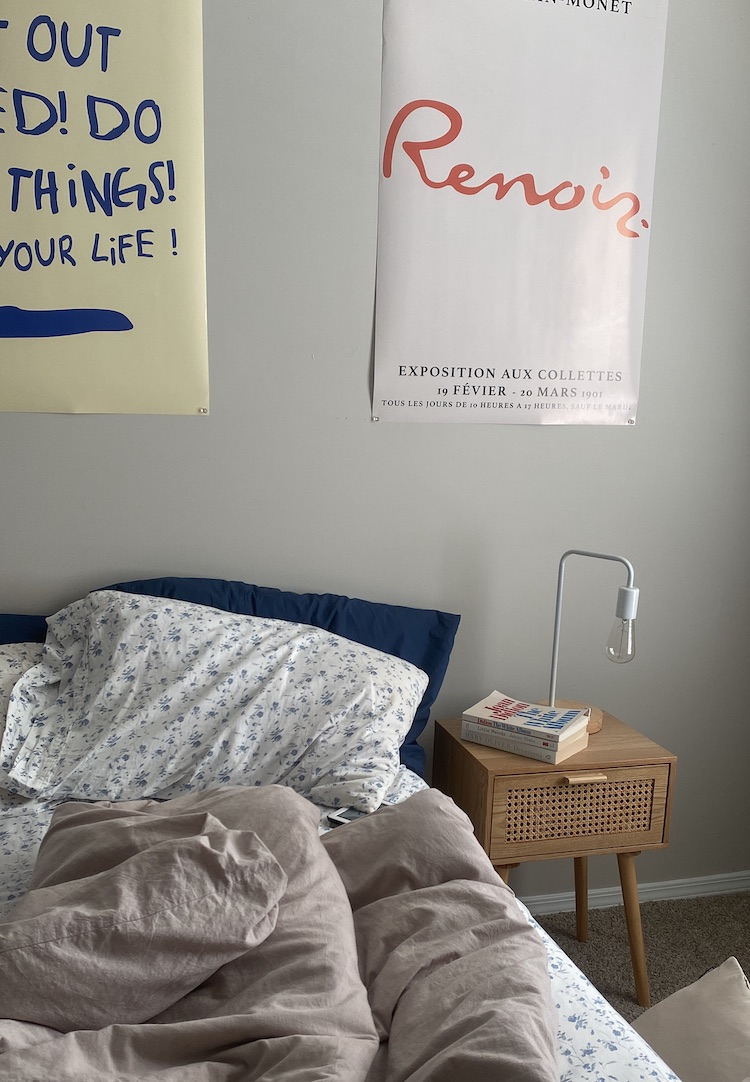An Australian dominatrix’s guide to dipping your toes into the world of BDSM
Photography by Kayla May Petty-Kook
Words by Izzy Wight
“Leave your ego at the door, listen very carefully to your body and always treat your partner with deep care and respect.”
When it comes to sex – particularly with a long-term partner – it’s easy to get stuck in a routine. It’s natural for us to fall into familiar patterns, particularly when we’re feeling vulnerable. But if you‘ve been thinking about switching it up, this might be your sign. There are so many different avenues of pleasure to explore. If you’re comfortable and curious, BDSM encompasses a whole spectrum of different erotic practices and kinks.
BDSM is an acronym that refers to bondage and discipline (B and D), domination and submission (D and S) and sadism and masochism (S and M). It’s a blanket term that refers to a range of consensual, kinky sexual scenarios and dynamics. Usually, one partner takes on a more dominant role, while the other is more submissive.
For more sex advice, head on over to our Life section.
Mistress Vera is an Australian professional dominatrix who was first introduced into the world of BDSM back in 2020. The term ‘dominatrix’ refers to a profession in which a person (often someone female-identifying, but not always) is paid to carry out sadomasochistic fantasies in a controlled, consensual setting. Essentially, they’re the BDSM experts. Below, Mistress Vera speaks on her journey as a dominatrix and gives advice to those who might be curious about exploring the world of BDSM.
Have you always had an interest in BDSM? What were your first forays into the world of BDSM?
I have. It’s always been a very natural part of my sexuality that I discovered at a relatively young age. When it came to working professionally, it was a little harder. In 2020, a local dominatrix introduced me to the work of French lifestyle mistress, Jeanne De Berg. Reading her work and hearing her speak, I felt so validated. It provided a roadmap for life that felt genuine and rewarding for me.
From there, I began training and working as a mistress and haven’t stopped since. I’ve been fortunate to session and learn from some incredible people in the scene, all over the world. It took me a bit of time to accept and explain to loved ones what I was doing, what I wanted and that I saw a legitimate career in it. I’d like to say I came in with balls-to-the-wall confidence, but it took me some time to develop the self-assuredness required.
Do you think BDSM has become increasingly more accepted and understood by the mainstream?
The internet and social media have obviously made a huge difference to the visibility of BDSM. It’s an incredible learning and discovery tool, which was certainly part of my own journey into BDSM. My concern is that sometimes mainstream dialogue about BDSM gets lost in the idea of it as a set of activities – tying [up], spanking, role play, whatever it may be. In reality, it’s so much more.
It’s about relational dynamics and responses to power. For some people, it has deep and complex roots in their psychology and lives. This is very hard to convey online. I think, as a result, the mainstream understanding of BDSM tends to relate more to the titillating and scandalising [aspects of it]… To me, this isn’t reflective of genuine understanding or acceptance.
Many BDSM activities are shocking, deeply taboo and frankly, not for the faint-hearted. I think recognising the highly personal and scary nature of this is important, without gatekeeping from people who are genuinely curious and want to explore. Also, taboo is a powerful driving force in sexuality. I think if we eradicated this entirely, we’d risk banalising something steeped in taboo and eroticism. Without the forbidden, no one would be having very interesting sex.
I also think acknowledging the roots and elders within the community is key. I’m only able to do what I do safely and freely because of the dominatrixes [and] queer communities who paved the way. Training and working as both a lifestyle and professional dom has taught me a lot about the transfer of knowledge and skill.
How has your work as a dominatrix changed your perspective on BDSM? What are the most common requests you get from clients?
People are so nuanced, idiosyncratic and complex, yet are so often driven by similar motives: to feel connection, liberation or release. The requests I receive cover all manner of the wonderful, surprising and horrifying (all of which I love to indulge). I am forever challenged, engaged and surprised by my clients.
A big learning for me has been the value of levity in my sessions. There’s so much room for humour, silliness and playfulness than you might first think. Tragedy and comedy have a very interconnected relationship. Having been in some quite unusual situations, I can confidently say that sometimes laughter is the only answer.
What’s your advice to people looking to dip their toes into the BDSM world?
… Slow and steady wins the race, leave your ego at the door, listen very carefully to your body… and always treat your partner with deep care and respect. I also recommend people think less about specific activities, and more about the kinds of power and interpersonal dynamics they enjoy.
Do you prefer the be the giver or the receiver? What types of energy are you aroused by in another person (dominant, submissive, bratty, child-like)? What types of energy feel good for you to embody? When do you feel your most erotic? Who is the kind of person you want to explore with? Do they make you feel safe and held? This can help give some guidance and guardrails. You can use a quiz like this to learn more about where your preferences might sit.
While many BDSM practices can be done easily and safely at home, many practices I’d advise never undertaking without some online learning or training – this includes more intense impact play, blood play, breath play and any kind of medical play (sounding included).
What do people need to keep front of mind when practising BDSM safely?
Knowing what you’re doing and understanding the associated risks is really important. If there’s a specific skill you’d like to learn, seek out in-person courses or book a session with a dom (I promise we don’t bite – unless you ask). There are some amazing online educators and tools but as an embodied practice, nothing compares to learning hands-on.
It’s also vital to remember that when risk is involved, accidents can happen, people can get hurt and consent can be murky. Everyone involved has to understand the risks and take responsibility for them.
Using a traffic light system (green [means] continue, orange [means] near my limit, red [means] stop immediately), or a one to 10 pain scale is useful and helps to frame dialogue as you session with someone. It’s important to act with confidence, but not blindly. Asking questions of your partner and how they’re feeling really matters.
For more on exploring BDSM as a beginner, head here.










